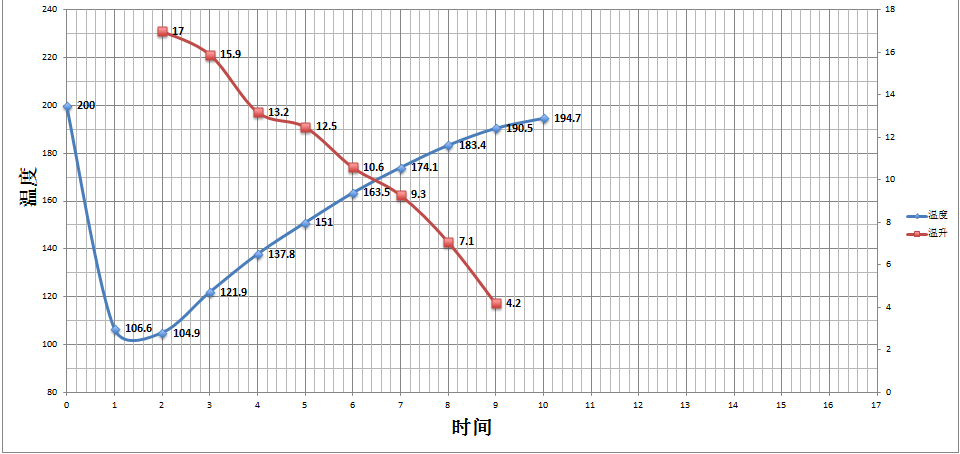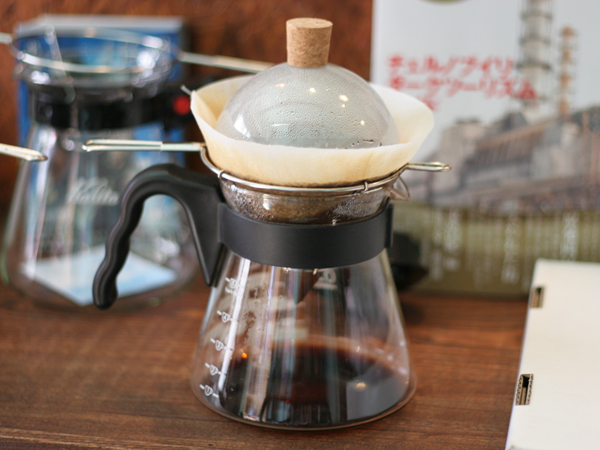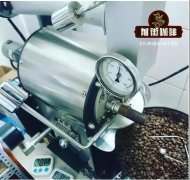Can the coffee baking curve really be copied? How to copy the Starbucks coffee baking curve?

Professional coffee knowledge exchange More coffee bean information Please pay attention to coffee workshop (Weixin Official Accounts cafe_style)
Today I want to talk about one of the most important ideas that beginners often miss:
It makes sense to copy the baked bean curve assuming "everything else remains the same."
As the web becomes more transparent, you can easily capture the curve of a year's international coffee roasting champion, and beginners often take it for granted that copying this path will lead to champion roasting results. But there are many more variables than you might think; the type of coffee beans, the altitude at which they are grown, the moisture content of the beans when roasted, the type of dryer, the type of energy used for roasting, and even the temperature or atmospheric pressure of the roasting environment are all factors that cannot be ignored.
So the Latin ceteris paribus (all other things remain the same) is indeed a simple assumption, and common sense dictates that simply reproducing the champion baking curve is futile.
There are basically two keys to baking beans: control temperature and time. Practice and practice are indispensable to improving your skills. Unfortunately, continuous practice does not necessarily lead to progress. Knowledge does depend on experience, but only if you can detect the key links in the practice process and then filter out noise. Here are a few things about raw beans for yourself and everyone to refer to:
Raw beans directly determine the flavor, and their own characteristics also determine the efficiency of heat transfer.
Green bean varieties: understand the bean species, region, altitude and other related knowledge, refer to the credible cup test flavor results; can not expect baking 50 points of essence of raw beans baked into more than 60 points of pass finished products, but 90 points of beans baked into failed finished products are common.
Bean structure: Bean size is not necessarily related to flavor; however, size, flat bean or peaberry will determine the difficulty of baking beans to some extent, but because of the variety of raw beans, it is necessary to return to the expertise gained through experience.
Density and water content: It is best to have instruments to obtain accurate data. The moisture in raw beans is an important medium for heat conduction; density itself is the key to determining heat transfer, and density is also closely related to the type of raw beans. The higher the density, the more difficult it is for moisture to leave the bean body.
Raw beans processing methods: common washing with the sun two kinds. Generally speaking, the density structure of sun-dried beans will be lower than that of washed beans; this is why some people say that sun-dried beans are more difficult to bake, because moisture is relatively fast, and one may not pay attention to it and it may be burnt.
Freshness of raw beans: With time, the moisture content of raw beans will gradually lose. If you bake old beans with the same heat and time as fresh beans, the probability of baking will increase.
After talking for a long time, he still hadn't mentioned the variable on the machine. However, I believe that we can more or less appreciate the gap between the assumption that "other things remain unchanged" and reality. In any case, without understanding these variables, it is impossible to choose the appropriate heat or time in the baking process; returning to the basics, accumulating baking experience and developing expertise is still the only way.
END
Important Notice :
前街咖啡 FrontStreet Coffee has moved to new addredd:
FrontStreet Coffee Address: 315,Donghua East Road,GuangZhou
Tel:020 38364473
- Prev

Japanese traditional hand flush genre-"Matsuya hand flush" extraction concept explanation _ Matsuya hand flush how to flush
Professional coffee knowledge exchange more coffee bean information please follow the coffee workshop (Wechat official account cafe_style) usually listen to a lot of one knife, three knife flow, today to introduce to you a relatively strange traditional Japanese style hand flush genre Matsushita hand flush is invented by Matsushita in 1962. He has developed a filter that will not interfere with the expansion of the powder layer.
- Next

Can the coffee baking curve really be copied? What factors need to be considered in roasting coffee beans
Professional coffee knowledge exchange more coffee bean information please follow the coffee workshop (Wechat official account cafe_style) Coffee roasting can copy other people's home curve? Can you bake the same good beans? Assuming that "everything else remains the same", it makes sense to copy the baked bean curve and become more and more transparent with the transmission of online information. You can easily get coffee baked beans in an international competition in a certain year.
Related
- Beginners will see the "Coffee pull flower" guide!
- What is the difference between ice blog purified milk and ordinary milk coffee?
- Why is the Philippines the largest producer of crops in Liberia?
- For coffee extraction, should the fine powder be retained?
- How does extracted espresso fill pressed powder? How much strength does it take to press the powder?
- How to make jasmine cold extract coffee? Is the jasmine + latte good?
- Will this little toy really make the coffee taste better? How does Lily Drip affect coffee extraction?
- Will the action of slapping the filter cup also affect coffee extraction?
- What's the difference between powder-to-water ratio and powder-to-liquid ratio?
- What is the Ethiopian local species? What does it have to do with Heirloom native species?

